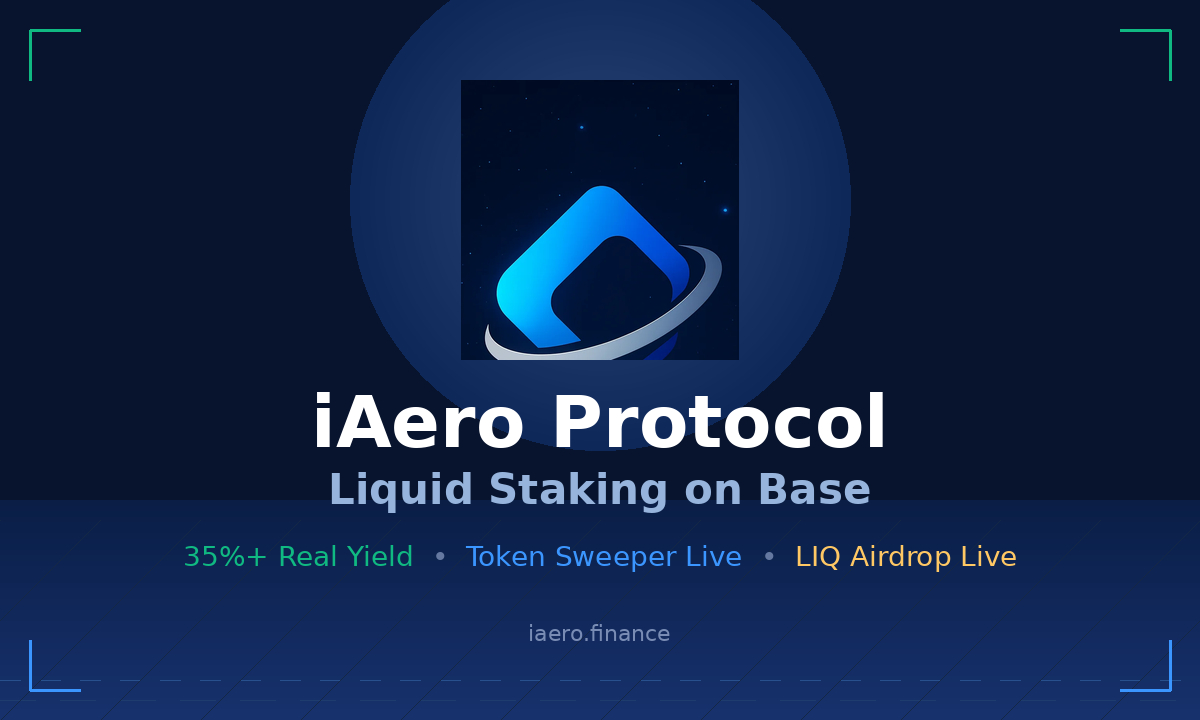Credit Protocol, a segment in the Lending & Borrowing space, offers a unique opportunity for individuals and organizations outside of the traditional financial market (TradFi).

Unlike standard lending platforms, the amount of collateral required in Credit Protocol is below the standard, which means it is easier for borrowers to access loans. Additionally, DeFi users can earn higher returns than they would by depositing their funds into conventional Lending Protocol platforms.
Credit Protocol acts as a bridge between DeFi and TradFi, allowing individuals and organizations to tap into the benefits of both worlds. By enabling individuals and organizations outside of the traditional financial market to access loans, Credit Protocol creates a level playing field and opens up new opportunities. Moreover, DeFi users can earn higher returns by lending their funds on Credit Protocol than they would by depositing their funds into traditional Lending Protocol platforms.
However, it’s worth noting that Credit Protocol projects come with potential risks. As with any investment, there is no guarantee of returns, and the borrower’s ability to repay the loan is always a concern. Additionally, since Credit Protocol is a relatively new concept, it lacks the regulation and oversight that traditional financial markets offer. This means that investors need to exercise caution and conduct their due diligence before investing in Credit Protocol projects.
Credit Protocol Platforms: simplifying borrowing for non-traditional financial institutions

The Credit Protocol platforms offer a simple yet efficient mechanism of action for non-traditional financial institutions looking to borrow money. Here’s how it works:
Step 1: Individuals and organizations outside of the traditional financial (TradFi) system can submit proposals to the Credit Protocol platform. These proposals will include important information such as the amount of money they wish to borrow, the interest rate, the payment timeline, the payment method, and the collateral they are willing to offer. Individuals and organizations are required to complete a KYC (Know Your Customer) process with the project.
Step 2: Each project will have a unique evaluation process, but the Credit Protocol platform will appoint an individual (Manage Pool) to evaluate the proposals submitted in step 1. If the proposal meets the platform’s standards, it proceeds to step 3.
Step 3: Individuals and organizations must deposit collateral into the pool that is managed by Manage (the assets are primarily real-world assets with smaller values than the actual loans of traditional financial institutions). At the same time, users in the crypto market can deposit assets (such as USDC, WETH, and more) into the pool to lend to institutions.
Step 4: Once enough money has been accumulated, it will be sent to the organizations and individuals that applied for loans, and they will proceed with repaying the loan.
Step 5: If the borrower defaults or goes bankrupt, their collateral is immediately liquidated by Management and sent back to the lender in the pool. However, because the loans are subprime mortgages, each party will have a different strategy to compensate the lender for the full amount.
Credit Protocol platforms provide a simple and streamlined borrowing process for non-traditional financial institutions. By utilizing the blockchain technology, these platforms enable individuals and organizations to access loans they might not have otherwise been able to obtain. The platform’s evaluation process ensures that the borrowing process is secure for both lenders and borrowers, and the collateral deposit system helps to mitigate potential risks.
Credit Protocol: new innovation in the crypto market

Credit Protocol is a new innovation in the world of cryptocurrency that aims to bring TradFi and DeFi closer together. TradFi, or traditional finance, can now access new loans in DeFi with low collateral, making it easier for them to access loans than it is for institutions to access loans at banks.
For users in DeFi, Credit Protocol provides a new investment choice that promises a higher level of profit than regular Lending Protocol platforms. By depositing money into Credit Protocol platforms, users can enjoy higher returns on their investments.
However, there are also risks associated with Credit Protocol. One of the biggest risks for non-TradFi loans is the possibility of borrowers going bankrupt and being unable to repay the borrowed amount. While each project may have different ways of handling these risks, there is currently no solution that can thoroughly address all the risks of this nature.
Despite the risks, Credit Protocol is poised to change the way loans are accessed and managed in the cryptocurrency market. It has the potential to create more opportunities for both TradFi and DeFi users, providing a bridge between the traditional and decentralized finance worlds.
As with any new innovation, it is important for investors to do their due diligence and thoroughly research any potential investments in Credit Protocol. By understanding the risks and opportunities associated with this new technology, investors can make informed decisions about whether or not it is the right investment choice for them.
Effectiveness evaluation of ongoing projects
An analysis has been conducted on the effectiveness of ongoing projects, specifically the performance of three projects: Goldfinch, TrueFi, and Maple Finance. The analysis does not delve into how the projects operate but rather focuses on their fundraising and investment patterns.
Currently, Goldfinch is leading the way in terms of fundraising, having raised $40 million, compared to its competitors TrueFi and Maple Finance. The majority of investment funds that have invested in these projects are long-term investment funds in the cryptocurrency market such as Coinbase Ventures, A16Z, Parafi Capital, and Polychain.
This indicates that most long-term mutual funds are investing in the Credit Protocol segment with relatively small amounts. The amount that Credit Protocol platforms have successfully raised is equivalent to that of one AMM or one Lending & Borrowing platform. However, the operating costs of projects in this area are relatively high.
DISCLAIMER: The Information on this website is provided as general market commentary and does not constitute investment advice. We encourage you to do your research before investing.
Join us to keep track of news: https://linktr.ee/coincu
Website: coincu.com
Annie
Coincu News














